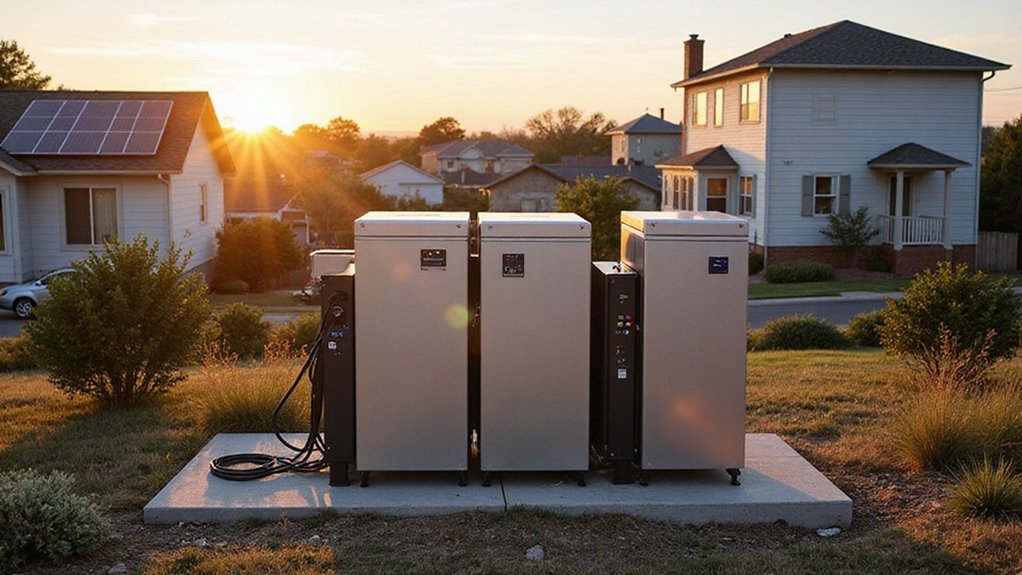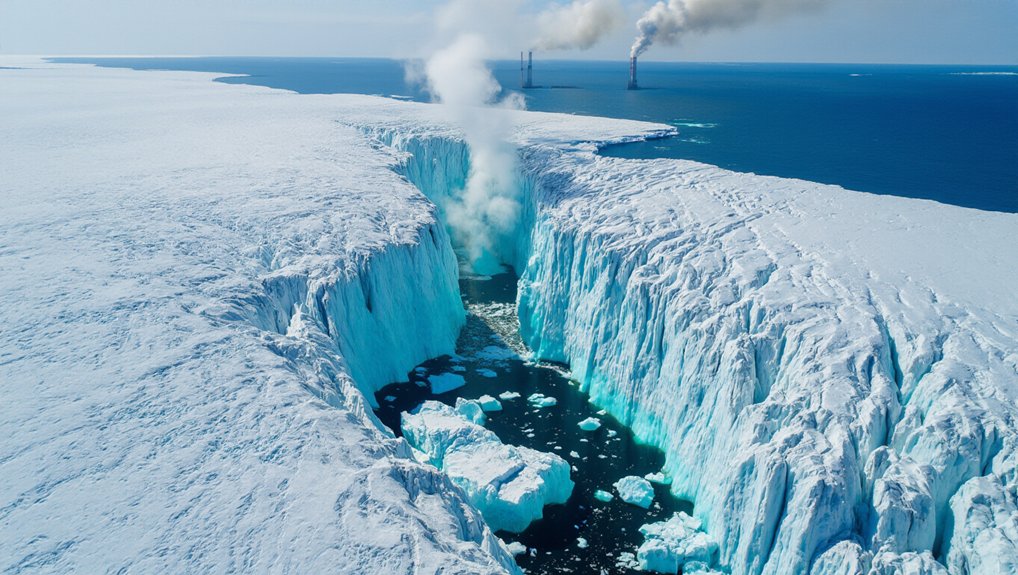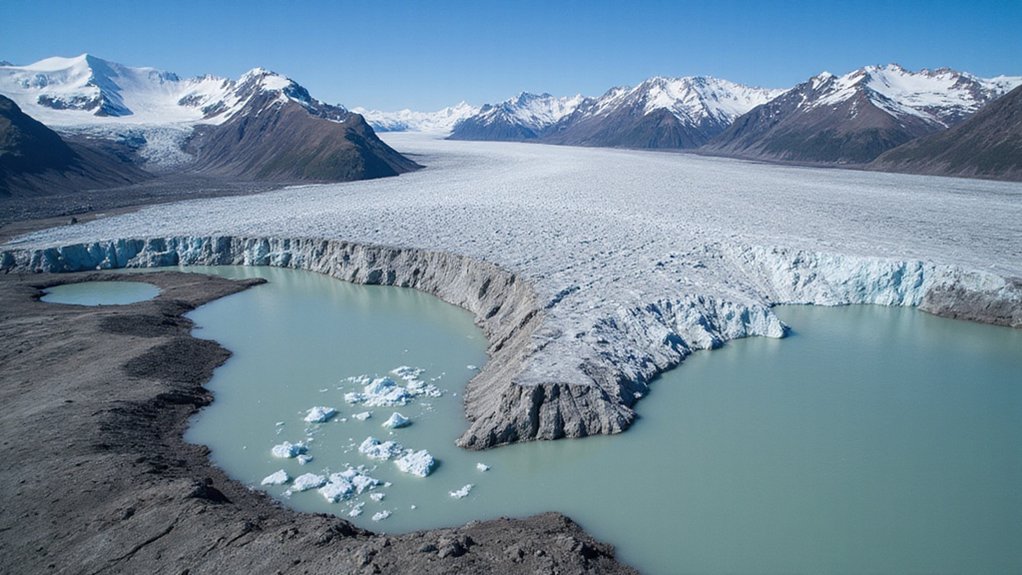Environmental groups are squaring off against the Bureau of Land Management over a 470-mile power line that cuts straight through a national monument. The Greenlink West transmission line from Las Vegas to Reno is the latest battleground between conservation advocates and federal planners who seem to have interesting priorities.
The power line slices through Tule Springs Fossil Beds National Monument, home to ancient fossils of Columbian mammoths and saber-toothed cats. Congress created this monument in 2014 specifically to protect these paleontological treasures. But apparently, that memo got lost somewhere.
Congress protected these ancient fossil treasures in 2014, but the memo apparently got lost.
Here’s where it gets juicy. The BLM actually rerouted the transmission line to avoid a potential mining area. They bent over backwards to dodge land that AngloGold Ashanti might want to dig up someday. But the national monument? That’s fair game, apparently. The revised route, called Alternative L, carefully skirts around mining exploration zones while plowing right through protected fossil beds. The rerouting shifted the line three miles east to accommodate the mining company’s interests. The changes were made without public disclosure, only coming to light through a public records request.
Environmental groups like Public Employees for Environmental Responsibility and Basin and Range Watch are crying foul. They’re pointing out the obvious: the BLM prioritized hypothetical mining interests over an actual, congressionally designated monument. It’s like watching someone carefully step around a puddle only to walk straight into a lake.
The conservation advocates warn about fossil disturbance and habitat damage. They’re also worried about precedent. If you can run a power line through one monument, what’s next? The critics say this whole mess might violate the monument’s establishment proclamations and conservation mandates. They’re questioning whether the environmental review under NEPA was thorough enough. Spoiler alert: they don’t think it was.
This power line is part of a renewable energy boom in Nevada. The BLM is currently juggling 36 renewable projects, mostly solar, that could power 4 million homes. That’s great and all, but conservation groups are asking the uncomfortable question: at what cost?
The cumulative impacts of all these projects crisscrossing sensitive public lands are adding up. It’s a classic clash between green energy expansion and protecting what’s already supposed to be protected. Despite renewable energy’s low carbon footprint for combating climate change, the environmental tradeoffs in sensitive habitats remain contentious. The fossils can’t exactly speak for themselves, but the environmental groups sure are trying.
References
- https://www.eenews.net/articles/blms-revised-nevada-power-line-route-avoids-mine-not-monument/
- https://naep.memberclicks.net/assets/NationalDesk2023/National_Desk_June_2_ 2023.pdf
- https://peer.org/watchdogs-blm-quietly-rerouted-transmission-line-favoring-mining-over-national-monument/
- https://www.blm.gov/sites/default/files/docs/2025-01/BENM PRMP FEIS_Protest Resolution Report.pdf
- https://www.blm.gov/sites/default/files/docs/2024-12/Taos_PRMPA_RGDNNM_Protest Report_508.pdf








